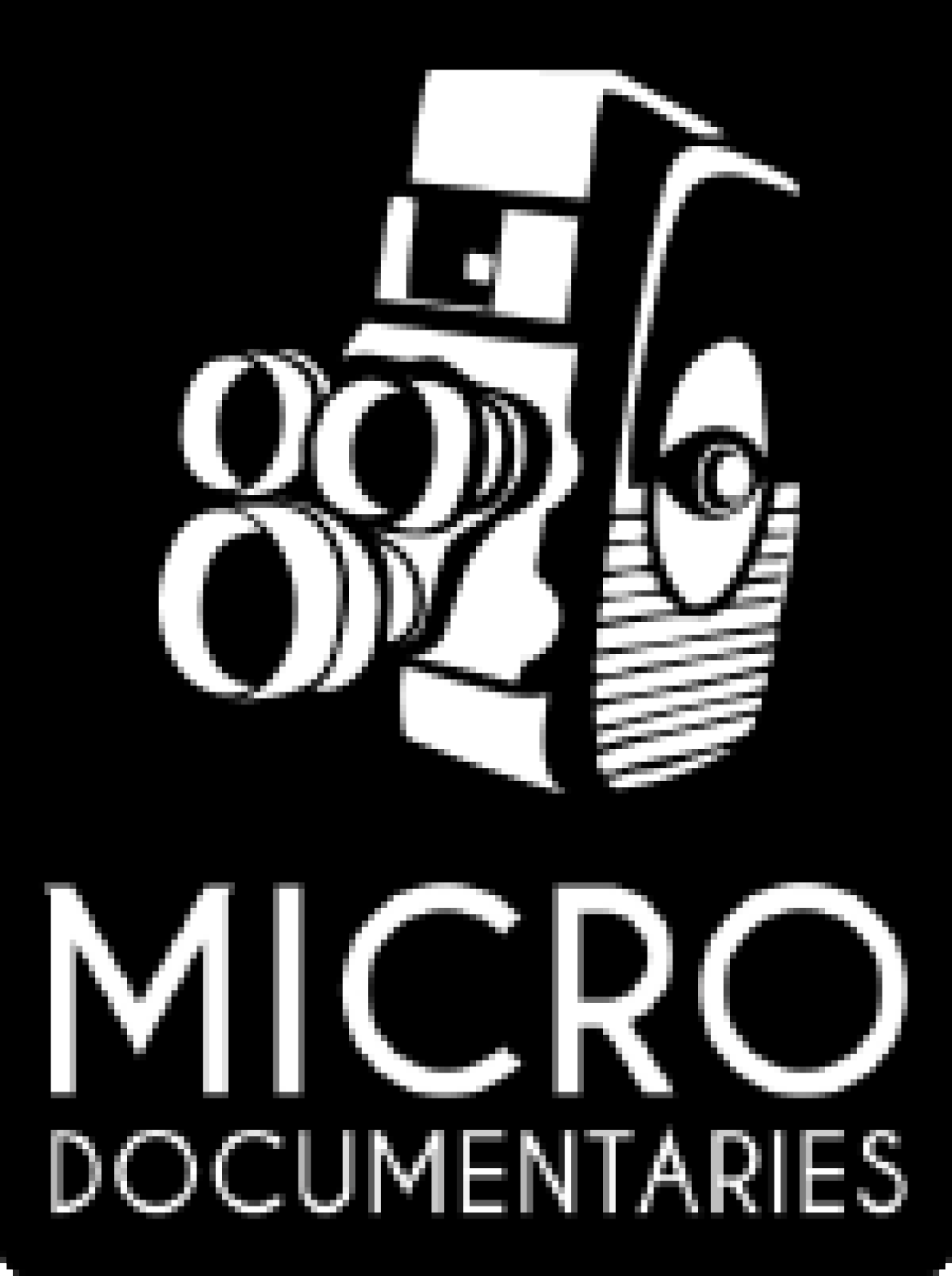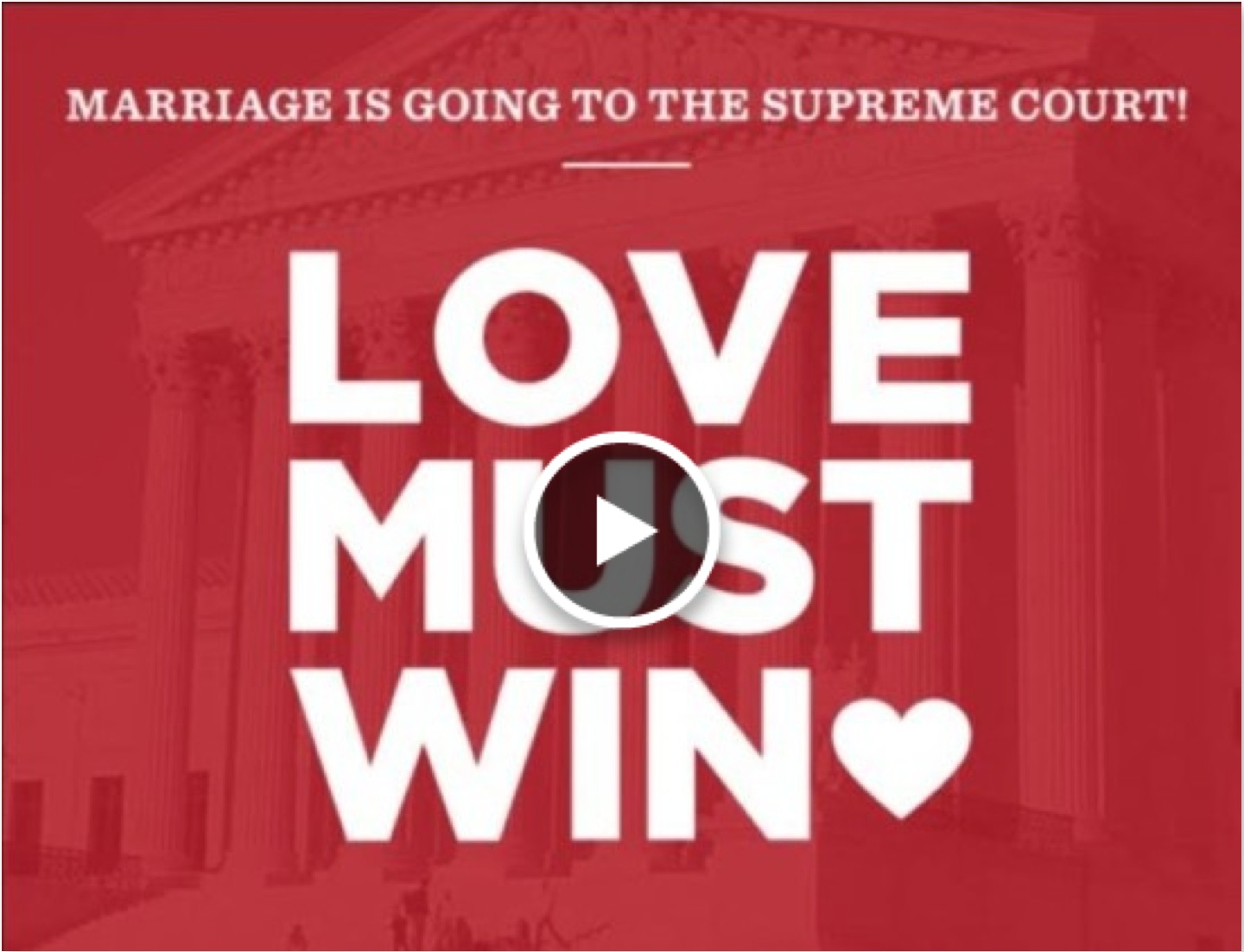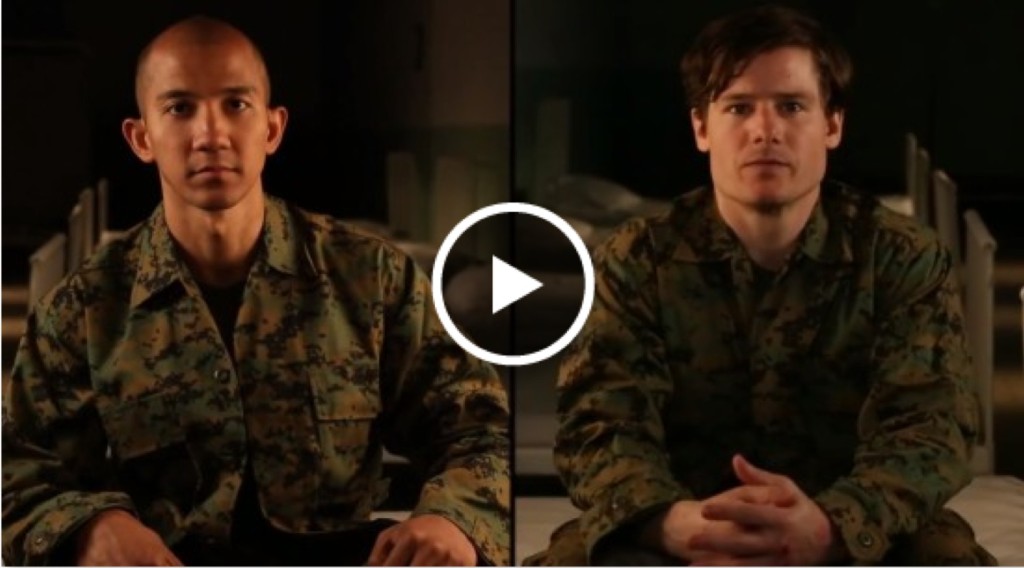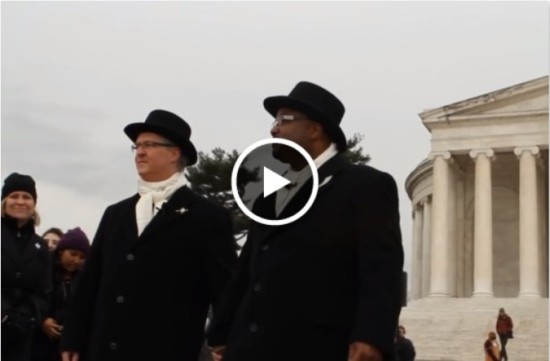Whether you are using the vehicle of a purposeful business or a nonprofit, many of the missions you are working on are critical in helping us address the pressing issues of our time. However, these same missions can often feel more “impossible” than “inevitable” to accomplish. It was certainly the case for Freedom to Marry in attempting to expand freedom of marriage to gay and lesbian couples — even though now it seems inevitable, in the U.S. at least, given that 72% of Americans live in a state where this is now possible. That’s up from zero a decade ago.
Thanks to Freedom to Marry and many other supporters’ hard work, it seems like this is one less injustice we have to explain to our children.
How did Freedom to Marry make the shift from impossible to inevitable? Through smart, strategic communication that included a steady stream of short films, as Evan Wolfson, President of Freedom to Marry, and Kevin Nix, the organization’s Communications Director, recently explained in the Stanford Social Innovation’s article The Chief Engine of Change: Conversation. They are hoping that 2015 is the year that 100% gay and lesbian couples will have the freedom to marry, at which point they will happily put themselves out of business.
Many examples of the videos they used to inspire this change can be found here. In addition, here are 5 takeaways from their article.
Lesson 1: Keep a constant creative drumbeat of communications
… and resolve to keep the conversation going over a many-decade movement. Elite performance research shows us that consistency is one of the key differentiators between the best and the rest. Making the case once, twice, three times is not enough.
“From the beginning, we at Freedom to Marry believed that the chief engine of change would be conversation; thus, generating conversations was a critical objective. The right people delivering the right message—amplified across multiple media and advertising platforms, and, yes, millions of conversations—changed the American public’s understanding of why gay couples want to marry and of gay people generally.”
Lesson two: Multi-angle storytelling
Filling out the picture through a variety of different points of view is essential. After all, what resonates with one person may fall flat with the next. Even people who are already on board with your mission likely gravitate to it for a host of different reasons. Telling stories that appeal to different emotions and capture different parts of what’s at stake in your mission can help advance your cause — and can help nuance your own understanding of the most universal components of what you’re pursuing.
“Through exhaustive qualitative and quantitative research, we found that emphasizing only part of what was at stake—rights and benefits—wasn’t enough to reach the middle and gain majority support. What did resonate with many Americans were values-based arguments: love, commitment, and family. These are, after all, universal concepts that are simple, emotional, positive, and easily understood. We cracked the code on message, and then focused our work on message delivery.”
Lessons 3: Personal, Personal, Personal
We’ve seen it countless times: change makers put aside telling the personal stories in favor of talking about their solutions. The intention is to convey something bigger than themselves or the people they are featuring, but we have found that if people know a bit about who you are as a human being, they are more likely going to be interested in what you have to say. That’s why getting personal and going into the kitchen is a strong strategy for capturing your audience’s attention and moving heart strings.
“The messenger mattered. Gay and lesbian couples across the country humanized and dramatized their stories in the press, in television ads, and on social media. Couples from all walks of life swung open the window for all of America to get to know them. At the same time, we made sure to encourage trusted supporters—family members, labor and business leaders, military personnel, clergy, President Obama—to get out on the stump and be vocal. These heterosexual validators gave undecided folks and soft opponents permission to “evolve” their thinking, at their own pace, toward the freedom to marry.”
Lesson 4: Distribution
Here’s another thing we see all the time: Organizations invest heavily in the story, come up with compelling personal angles and profound tales of impact, and then, once they have it, fail to distribute it in a thoughtful and strategic manner. Posting something on YouTube and hoping it goes viral is as ill-advised as merely linking to a video at the bottom of an email message with zero context. Engaging media and thought leaders is crucial, as is integrating films into an array of distribution channels, from annual reports to emails to annual galas, in a strategic way.
“With the message and messenger nailed down, we built our press and social media machine to convey the personal stories of why gay couples wanted to marry. Keeping a constant and creative drumbeat going paid off. In 2004, a poll by Washington Post/ABC News showed that 59 percent of Americans thought same-sex couples should not be able to marry while 38 percent thought they should. A decade later, those numbers literally flipped, with support for the freedom to marry skyrocketing more than 20 points. The needle began moving in various state polls, followed by state legislators—including Republican lawmakers in New Hampshire and New York—voting for freedom-to-marry bills in multiple states.”
Lesson 5: Advocacy
You can do a lot yourself: Get people involved, start to swing the pendulum of public opinion, deploy resources on the ground, effect important change. But taking a conversation national and making your mission inevitable requires enlisting the help of others. Specifically, powerful advocates who can align what you care about most with what they’re trying to accomplish.
“Educating ordinary Americans, however, wasn’t enough. We needed to make the case to elected officials on both sides of the aisle that: a) supporting the freedom to marry was no longer a risky proposition politically, and b) the momentum was with those in favor—the writing was on the wall. We did so quietly behind closed doors, as well as through reams of Beltway news accounts and reels of TV ads featuring high-profile Republicans and other unexpected allies, such as firefighters and a World War II veteran who has a gay grandson.”




